ITALIAN FILMS TO MAKE YOU LAUGH, CRY AND THINK – PART TWO
I’m pleased to introduce another small selection of Italian films that have had a profound effect on me over the years. Firstly there’s the extraordinary and epic historical drama ‘Il Gattopardo’ which translates as ‘The Leopard’. Filmed in the early 1960s and possibly Italy’s answer to ‘Gone with the Wind’. My husband would disagree with me here and argue that Bertolucci’s ‘1900’ seizes that particular accolade. Next I’ve chosen ‘Pane e Tulipani’ literally ‘Bread and Tulips’ which is a gentle, feel-good romance, similar to ‘Shirley Valentine’. Then finally I’ll mention ‘The Garden of the Finzi Contini’ and ‘Benvenuti al Sud’, the former, deep and meaningful and filled with poignancy, the latter a thoroughly funny and delightful discovery of ‘the south’. Happy viewing!
IL GATTOPARDO (The Leopard) – When Burt Lancaster’s formidable ‘Prince’ takes the floor with the beautiful young Angelica as his dance partner, the great and the good of Palermo society collectively gasp. This tall and handsome man guides his exquisite partner across the polished wooden floor of the ballroom whilst fellow guests pause and observe the perfection of the dance.
Set in Sicily in the 19th century ‘The Leopard’ is a powerful story of an elderly aristocratic gentleman reflecting back on his life whilst Italy is embroiled in the turmoil that preceded the unification of the peninsula. We are talking the swash-buckling 1860s where Garibaldi is the hero of the day. The kingdoms, duchies and principalities that have dominated the old order for hundreds of years are under threat. The Prince owns several agricultural estates in Sicily and a palace or two in town. He is the head of an important family, he is a man of wealth and prestige. Although in reality his estates are crumbling and his country house is gradually falling down. He observes the vitality and verve for life gently departing from his body whilst his vigorous and vibrant young nephew Tancredi joins the various militia groups to fight with Garibaldi for the unification of Italy and more importantly for a cataclysmic move into the modern world. ‘The Leopard’ combines history, drama and romance in a beautifully filmed package. Director Luchino Visconti takes the viewer on a journey to 19th century Sicily and to an aristocratic world whose foundations are collapsing. The film starts with mass being said in the family’s private chapel under the watchful eye of a rather sensual image of Mary. As the priest concludes the prayers, there is shouting from the courtyard outside. The body of a young soldier has been found in the garden. In just one scene the reality of civil unrest and imminent war has arrived on the princely family’s doorstep.
The film is a journey into the past and the traditions and values that the older generation, especially Burt Lancaster’s ‘Prince’ are hanging onto for dear life. There’s humour too, for example a wonderful scene, when the ‘Prince’ departs for the nearby town to visit his mistress. For the sake of decency he insists that the family priest accompanies him. The priest is a side kick and lap dog to his aristocratic employer.

The film was first shown at Cannes in 1963, where it won a Palme d’Or for the best movie of the festival. Interestingly Tomasi di Lampedusa, the author of ‘The Leopard’ was himself a Sicilian aristocrat. He wrote the book, his one and only novel, in the 1950s during the last years of his life. Tragically he failed to find a publisher for his masterpiece. The book was finally published the year after his death thanks to the efforts of Giorgio Bassani an important and influential writer and editor in 1960s Italy. Bassani brought the book to the attention of the Feltrinelli publishing house, which immediately took it on. Feltrinelli had a reputation for avant garde and cutting edge publishing. They had also taken on Boris Pasternak’s Dr Zhivago in 1956 (with much disapproval from the Soviet leadership). Within a year of publication ‘The Leopard’ was awarded the Strega Prize, one of Italy’s most coveted literary awards. It strikes me as so sad that the author was never able to enjoy this exceptional literary achievement. Just four years later came the film. A Franco-Italian production featuring Burt Lancaster (The Prince), Alain Delon (Tancredi) and Claudia Cardinale (Angelica). Martin Scorsese the famous director has proclaimed ‘The Leopard’ one of the finest films ever made. ‘Il Gattopardo’ (1963) – Director Luchino Visconti. Essential viewing.
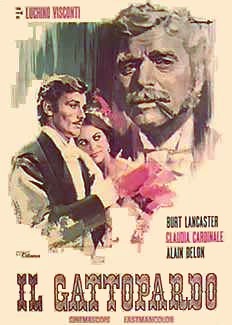



PANE E TULIPANI – This is the ‘Shirley Valentine’ story of Italian cinema. A married couple go on a coach tour from Pescara on the Adriatic Coast, where they live, to Paestum (a Greek Temple site) just south of Salerno and Naples. Rosalba, the main character misses the bus as they are heading home. She is left marooned at a motorway services uncertain and rather afraid. In an anxious phone call with her husband, she is met with shouting and aggression, instead of sympathy and concern. Realising that help and support is not about to arrive she sits disconsolately outside the cafe trying to work out a plan. Eventually she begins the journey north, hitch-hiking with a variety of unusual characters who are heading in the right direction. Many hours later, when she is approaching the motorway exit for Pescara she realises that she doesn’t want to go home. She sees a sign to Venezia and thinks to herself, ‘well, why not’.
Rosalba arrives in Venice in the late evening, she finds a rather grim ‘pensione‘ where she can stay the night and she heads out to find a restaurant and to have something to eat. That evening she meets Bruno Ganz, who plays the waiter in the restaurant. An unlikely friendship develops between the two characters. They are both alone and adrift in a foreign world.
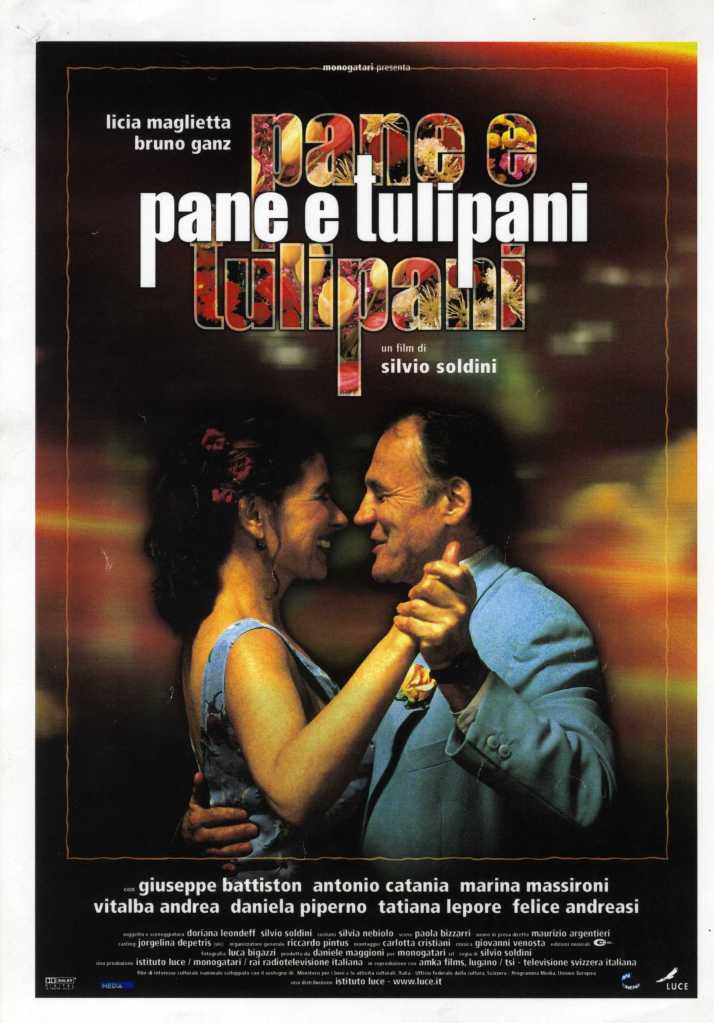
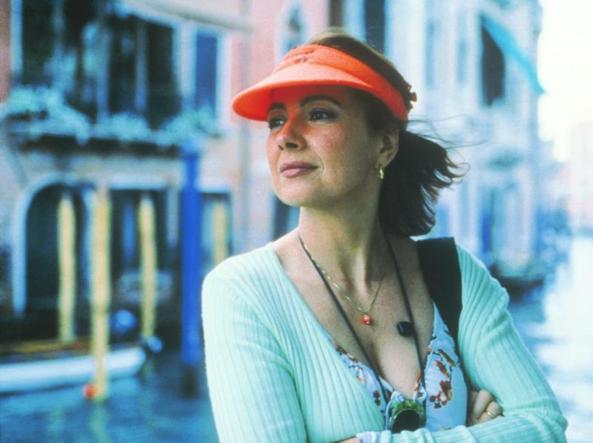
Pane e Tulipani is a gentle tale of a woman discovering a different sort of life away from her husband and children. She doesn’t intend to stay in Venice for more than a day, but a series of unexpected events extends her stay. She ends up finding a place to stay and a job in a flower shop. Each of the characters in the film has a different and quirky outlook on life. From the gentleman that runs the florist shop, who can’t tolerate customers, to the slightly crazy masseuse who lives downstairs. There’s plenty of humour too – especially when the abandoned husband hires a private detective to find his wife and bring her home. I’d strongly recommend this film on a rainy, winter afternoon. It brings light and promise into the darkest day. Pane e Tulipani (2000) – Director: Silvio Soldini. Strongly recommended.
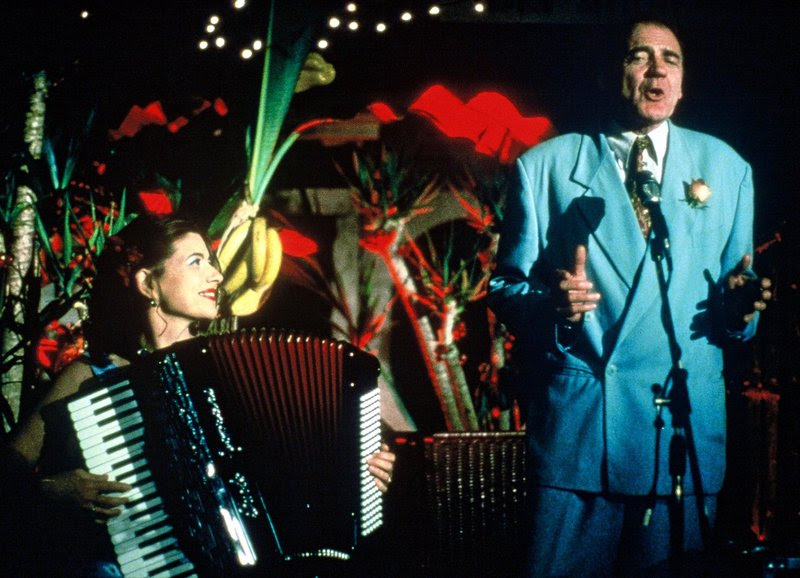
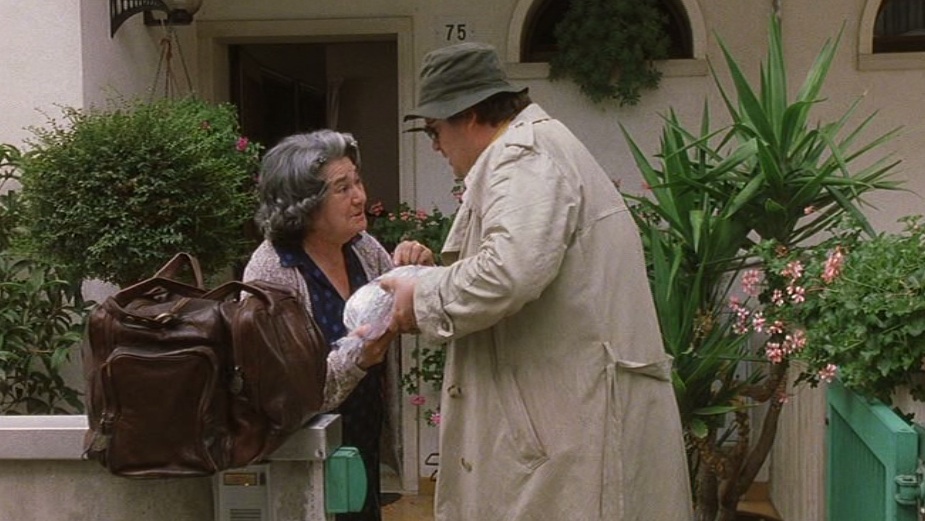
THE GARDEN OF THE FINZI-CONTINI – this is a dark and very atmospheric love story, set in the years leading up to World War II. The film is the screen version of a wonderful novel by Giorgio Bassani (1962). A group of young people living in Ferrara, Italy meet regularly to play tennis together. When Mussolini passes the ‘Race Laws’ in Italy in the 1930s, the young people who are Jewish, find themselves excluded from the tennis club. However the Finzi-Contini family have a private tennis court in their garden, so the tennis matches are moved to this private court enabling the friends to continue their get-togethers. The film and the book portray Ferrara as a beautiful, small city, surrounded by magnificent medieval walls. Giorgio, the narrator, cycles his bicycle from the centre of Ferrara where he lives, along the walls and then out of town along Corso Ercole d’Este to the large, secluded family home of the Finzi Contini family. The Jewish community in Ferrara is fully integrated into the local town so the exclusion of the friends from the tennis club is a poignant and painful reminder of the discrimination that Jews suffered in Italy during the war years. As the story progresses Giorgio develops great affection for the Finzi Contini family, especially Micol (the daughter) and her brother Alberto. The film is an elegy to a lost time and a loss of innocence. The beauty of the city of Ferrara, which is the home town of Giorgio Bassani as a boy, shines through in many, many of the scenes.
When I first discovered this novel and later the film I became obsessed with the city of Ferrara and the desire to discover this scenic and historic settlement with it’s medieval city walls. I was particularly drawn to the Jewish Cemetery where the family tomb of the Finzi-Contini family can still be seen. In fact as a tour guide I’ve taken clients to Ferrara on several occasions. When I consider that the Jewish community in Ferrara were being deported to concentration camps in December 1943, at a time when the Allied Forces had already landed in Salerno near Naples, and were making their way north through the Italian peninsula, my eyes always fill with tears. I cannot believe that they almost survived the war. The combination of the exquisite scenery, beauty of youth and the charm of an adolescent love affair make this film compelling and emotional. The film was directed by the superb Vittorio de Sica and won an Academy Award for ‘Best Foreign Language Film’ in 1972. The impact that this film and also the novel have had on me over the years is profound. It’s a story that has stayed with me, deep within my soul, for decades.
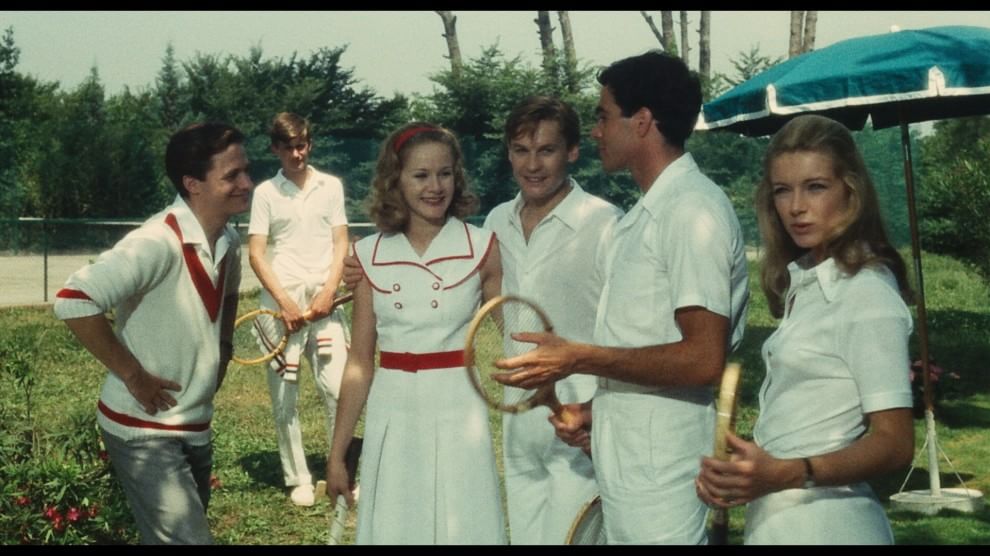
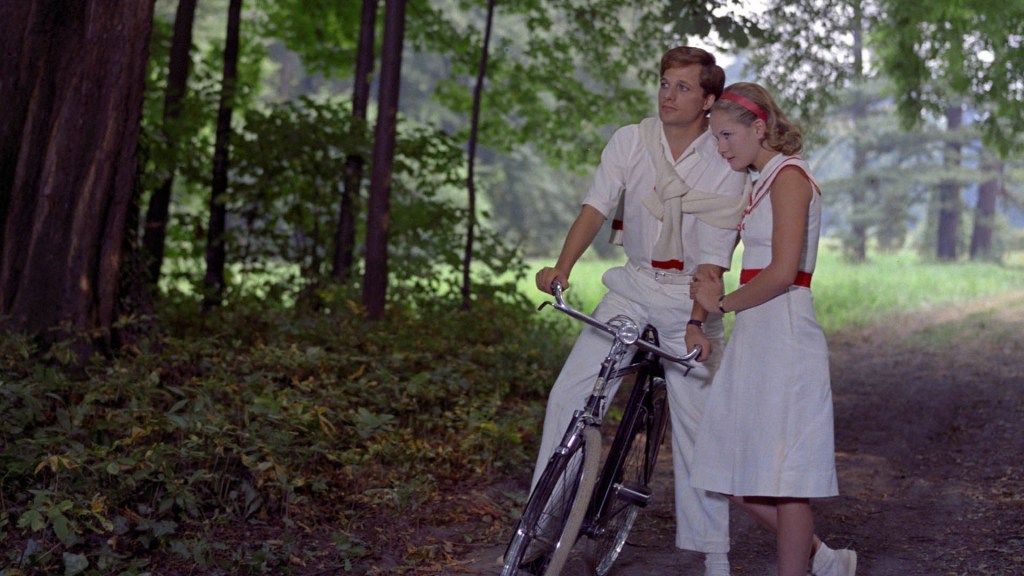

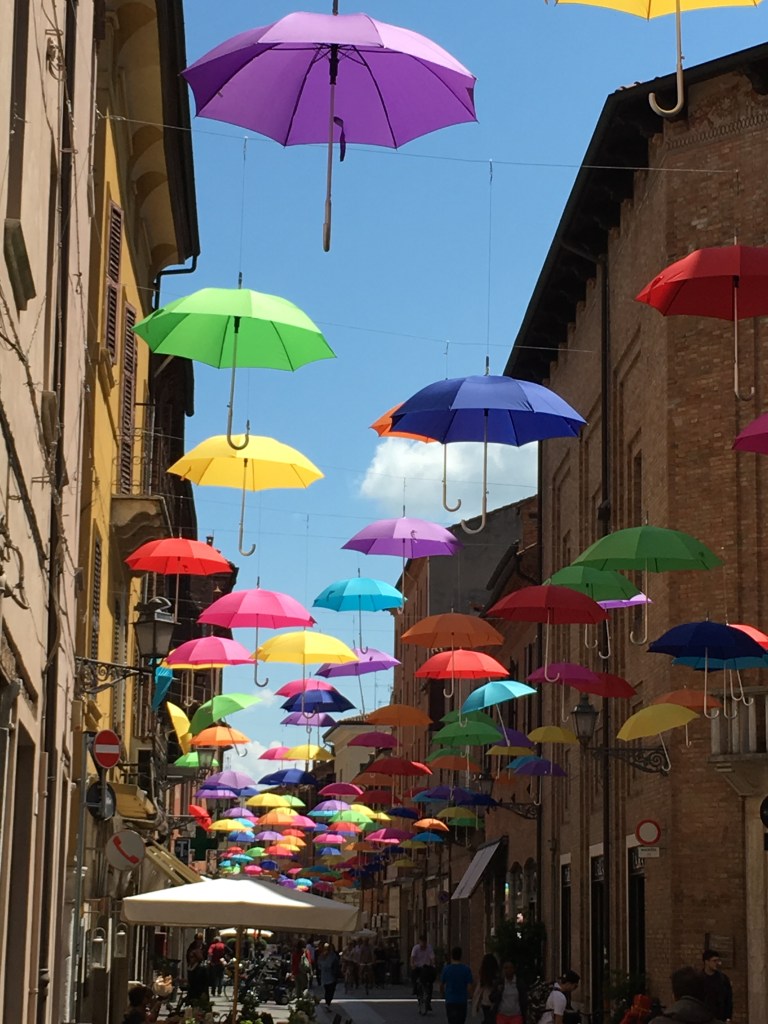


BENVENUTI AL SUD – A little light relief after a selection of wonderful and powerful films. This delightful story is about a ‘Milanese’ post office manager desperate to get a promotion. However the promotion, which he assumes will be in Northern Italy, ends up being a transfer to a post office in the south. Claudio Bisio plays the northerner, he is a very funny and clever comic actor. This film reveals the prejudices that many Northern Italians hold towards their Southern compatriots. It’s also full of gentle humour and magnificent scenery. This is a real feel-good film about the warmth and kindness of the Southern Italians. Watch it and bask in the sunshine of Campania. Filmed mostly in and around the picturesque village of Castellabate. This film will have you planning a trip to Southern Italy sooner than you can say ‘Arrivederci’. This is not a big and important film but it is a joyful and charming one. It comes strongly recommended. A funny little fact, when the film opened in Italy it knocked ‘Inception’ the huge Hollywood blockbuster off the Number One slot and grossed almost €4.0 million in the first weekend of release. As one of the characters observes ”…Un forestiero quando viene a Napoli piange due volte, quando viene e quando parte….” This translates as….’When a stranger arrives in Napoli, they cry twice, once when they arrive and again when they leave’. This sums up, quite neatly the Italian love-hate relationship between the north and the south. On the one hand the south is seen as disorganised and chaotic and on the other hand it is incredibly beautiful, there’s loads of sunshine and a cosy approach to family life. Released in October, 2010 – Director: Luca Miniero. A must see!
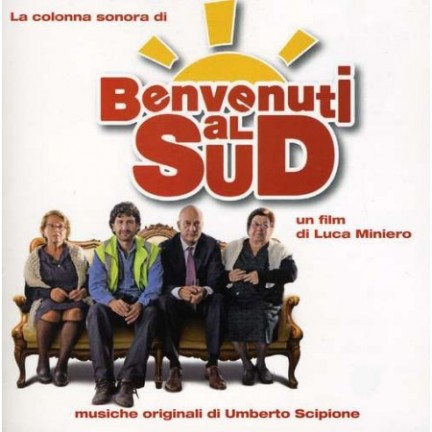
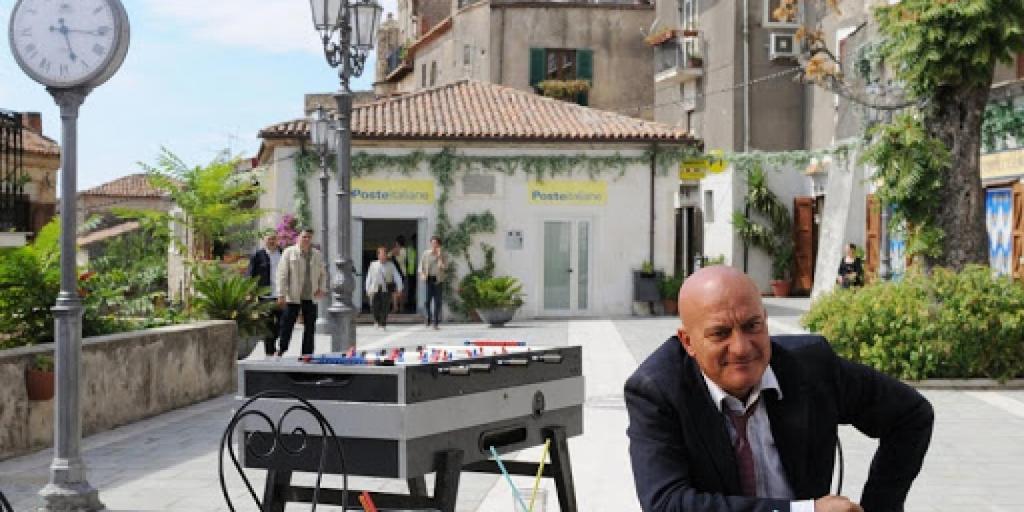
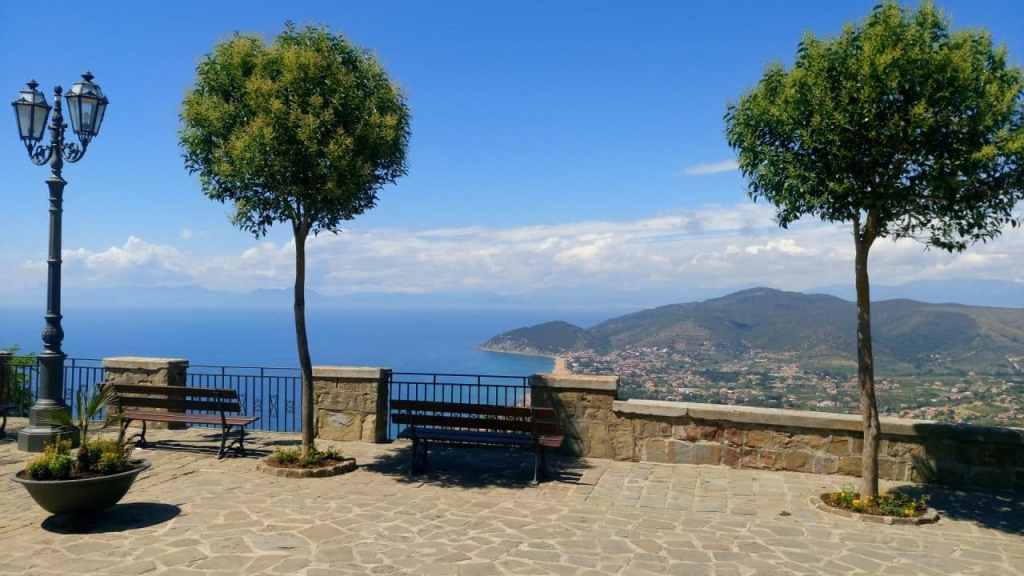


NOTES:
I’ve written numerous articles about Italy; history, film, books and culture:
- Sicily – you may also like: Sicily in the Movies
- Sicily – Montalbano and Val di Noto (Montalbano is a very characterful Sicilian detective). Great TV.
- The Leopard ballroom scenes were filmed in the private ballroom of Palazzo Valguarnera Gangi in Palermo, Sicily. The palace is occasionally open to the public and is available for exclusive use – special events, parties, weddings, tv and movie filming. The entrance to the palace is in the photograph (taken by Wolfgang Moroder) below. The osteria to the left is excellent.
- For more on Venice in film: Venice and Film
- Learning more about the beauty of Ferrara – where ‘Il Giardino di Finzi Contini’ is set: Ferrara and Giorgio Bassani
- La Custode – The Guardian (about the Jewish Cemetery in Ferrara)
- For more on the Finzi Contini Family: https://en.wikipedia.org/wiki/The_Garden_of_the_Finzi-Continis
- An article welcoming you to the south of Italy – Welcome to the South of Italy – Paestum, Cilento, Castellabate
- Yet another stunning film location in Italy: Procida and ‘Il Postino’
- Travel with us in the future: Benvenuti al Sud – Southern Italy & Sicily with your own private guide
- Lastly my first article on Italian Film: Italian Films to make you laugh, cry and think…(Part One)

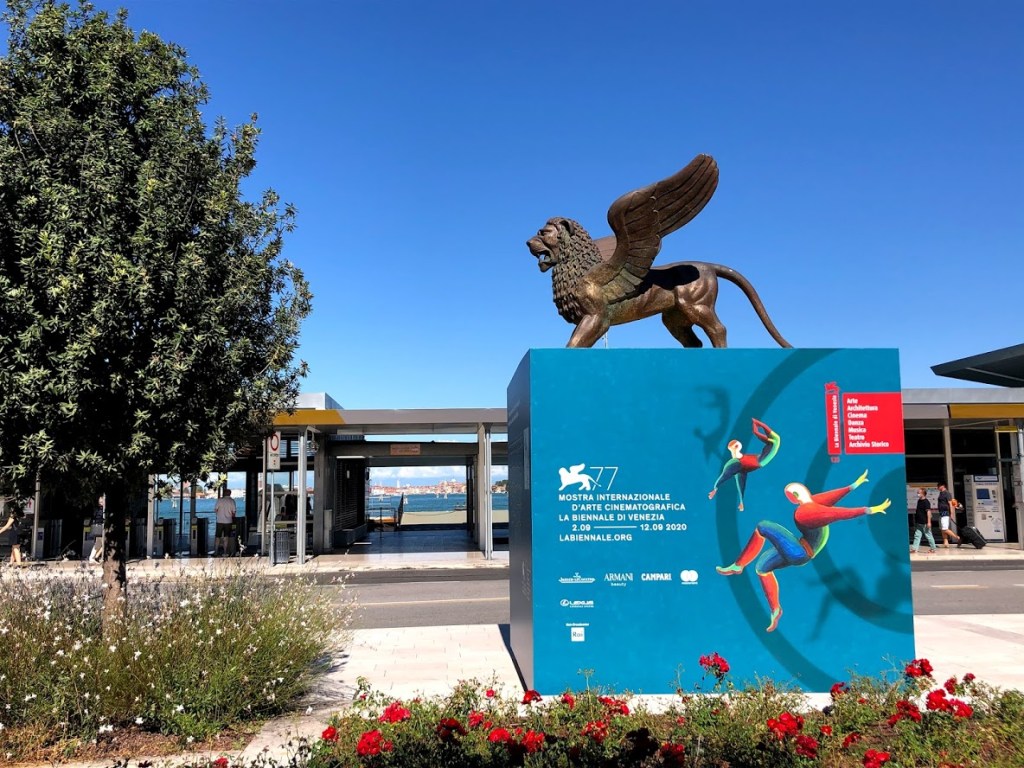

NOTE – in October, 2021 I took a small group of ladies on a tour of Sicily. We had a private visit of Palazzo Gangi which was completely spectacular. I’m always happy to work with clients (old and new) to create exceptional journeys in Italy. Slow Travel is the order of the day! This was the program – next departure probably June/October 2022: The Treasures of Sicily
In April 2022 – I lead another unique and special tour to Trieste, Aquileia and Venice. Full details here: Trieste, Aquileia and Venice – April, 2022
Message me for more details: janet@grand-tourist.com

NOTE: I was inspired to visit Ferrara for the first time when I read Giorgio Bassani’s fantastic novel ‘The Garden of the Finzi Contini’ back in the 1990s. I can truthfully say that the book changed my life.
Janet Simmonds / The Educated Traveller – December, 2018
Published: 24-02-2021
Amended: 09-08-2021
Amended: 27-12-2022

Yet another “Must read”, Janet – thank you so much for this very timely and well-written reminder of four really great films. I think “The Leopard” – (along with the equally memorable “The Alchemist” by Paulo Coelho and Saint-Exupery’s “Le Petit Prince”) – is one of the most gripping and memorable books I have ever read; it was in the 1960s, although I never managed to see the film – which your reminder will now prompt me to do – along with your other three recommendations, all of which (I was aware of, but have never actually seen – so that’sfour more Lock-down evenings taken care of – many thanks!!
Keep ’em coming!
Best wishes,
John
LikeLiked by 1 person
As always your enthusiastic comments are welcome and gratefully received. Thank you x
LikeLiked by 1 person